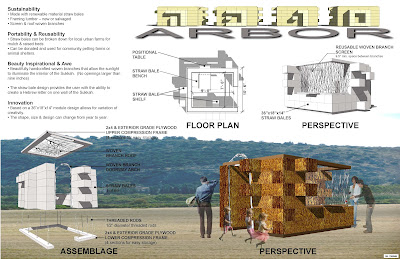I’ve experienced Shabbat in some very interesting places. One of the most memorable Shabbat lunches I can recall was in the home of a Chabad rabbi and his family in Kharkov, Ukraine. This was in August 2005 when I led a small Hillel/JDC mission of University of Michigan students to the Former Soviet Union.The food at that lunch was delicious and the new plates of food seemed to continuously appear throughout the afternoon. As dessert was being served we sang Shabbat zemirot (festive songs) together. The students recognized the traditional songs and began harmonizing. The rabbi asked me to say a few words of Torah and I spoke about the pintele yid – that spark of Judaism that can be found throughout the globe. While the food might be different and some of the customs are unique to that community, the spark is there. How wonderful it is, I explained, for us Americans to travel to the Former Soviet Union in the 21st century and enjoy a warm, spiritual Shabbat, singing the Hebrew songs that are so familiar to us.
In Parashat Vayakhel (Exodus 35:3), the Torah says, לֹא-תְבַעֲרוּ אֵשׁ, בְּכֹל מֹשְׁבֹתֵיכֶם, בְּיוֹם, הַשַּׁבָּת “Do not light a fire in all your dwellings on Shabbat”. Why is it necessary for the Torah to state settlements in the plural? Shouldn’t it be enough to say that we are forbidden from kindling fire on Shabbat? Why is it necessary to have the designation “throughout your settlements?” After all, the Torah doesn’t add words or letters unnecessarily.
The medieval commentator Abravanel interprets this to mean that the intent of the clause is to apply the prohibition universally; meaning wherever Jews reside. The idea is to demonstrate that the same rule applies regardless of where in the world we’re spending Shabbat. This biblical prohibition stated in this way should remind us that our world is much smaller than we sometimes think. We can observe and celebrate in any community throughout the world and it will feel like Shabbat to us.
We might observe new customs and culinary dishes, but Shabbat is Shabbat. It is a unifying force in Judaism. Shabbat is a standard. We light the Shabbat candles, we recite the kiddush and the motzi, we enjoy delicious meals together, and we conclude with havdallah.
Last month I returned to Ukraine seven-and-a-half years since that first visit. Seated across from me at my table at a kosher restaurant in Kiev was an Israeli man who told me I looked familiar. I laughed and referenced a song I learned as a child, “Wherever You Go There’s Always Someone Jewish.” He laughed and told me that he was serious; he was positive he had met me before. Sure enough, Amir Ben Zvi and his wife Sharon had also been guests at that Chabad rabbi’s home for Shabbat lunch back in 2005. Amir was about to begin his new job for the JDC in Ukraine and was also invited to the Chabad rabbi’s home for lunch. Amir and I reminisced about how enjoyable that experience was and shared an immediate friendship. No matter where we find ourselves in the world, Shabbat is Shabbat.
